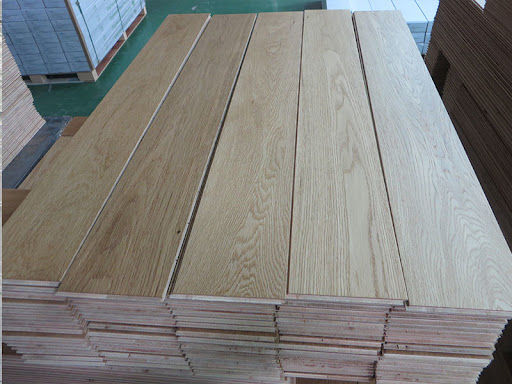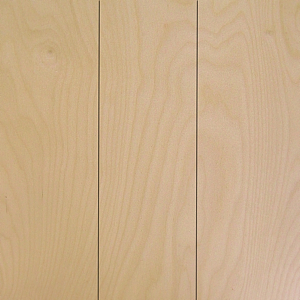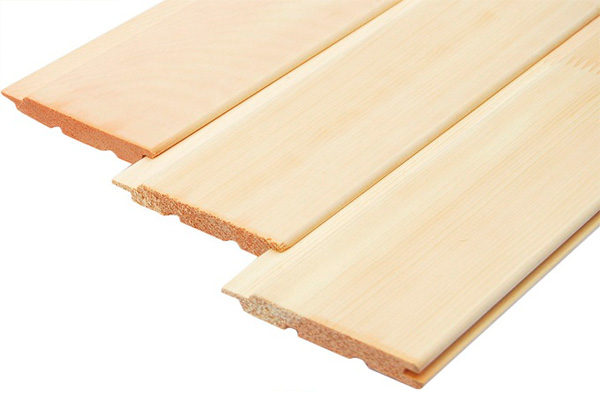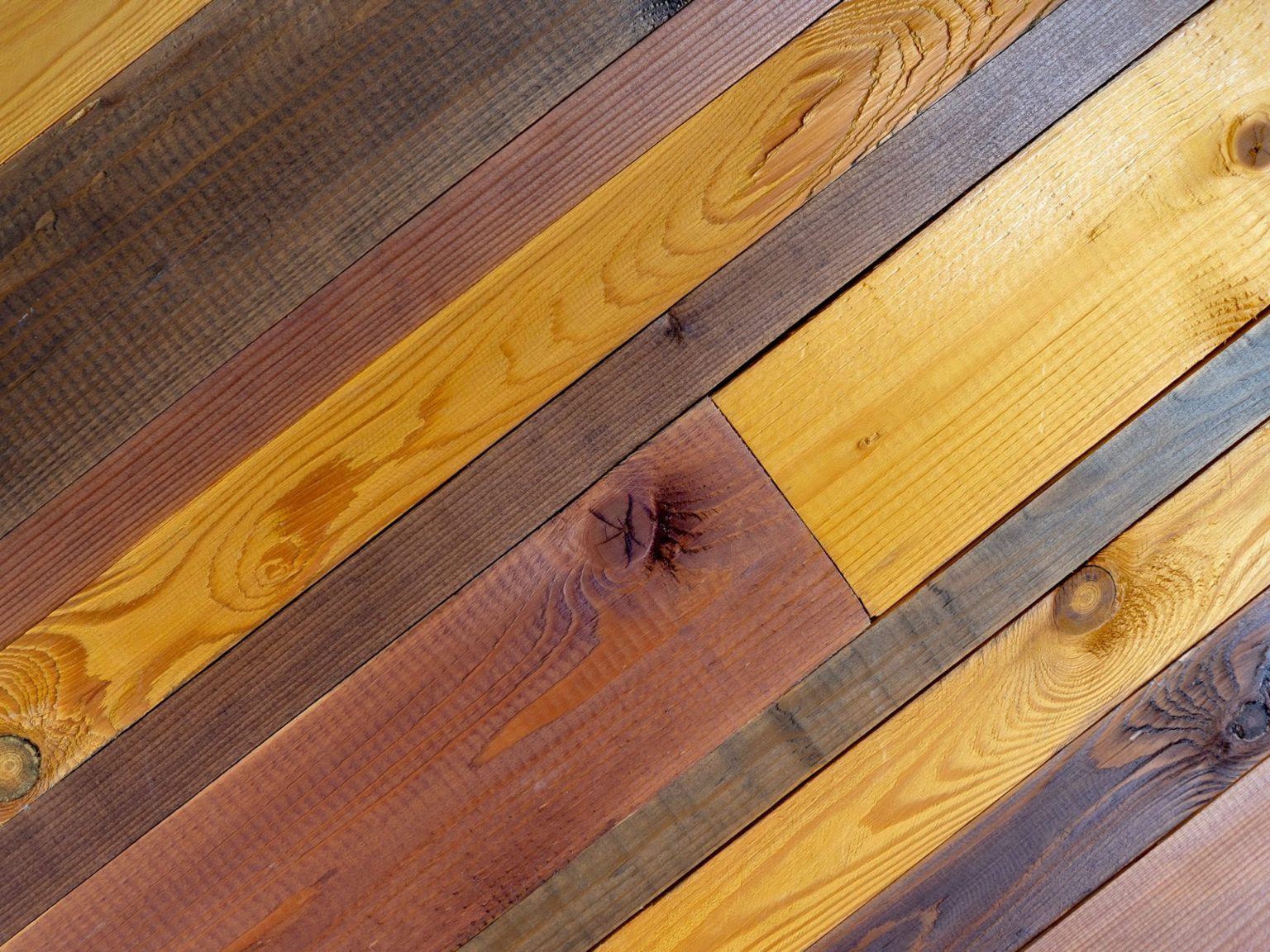Hardwood
Products
Hardwood
Northern European / Baltic White Oak

We offer Northern European and Baltic birch from the Northern European and Baltic regions (Betula Pendula and Betula Verrucosa), also called European Silver birch, it is the most notable species growing in Northern European and Baltic Countries. The wood of this birch is white with a yellowish or reddish tinge. Annual layers in this wood are hardly noticeable. Medullary rays are visible only in strictly radial sections.
Northern European and Baltic Birchwood is known for comparatively high strength, hardness, and impact toughness but has a low resistance to rotting; therefore, birch is ideal for internal finishing, furniture pieces, and kitchen décor. The varnished texture of this wood is similar to the texture of maple and cherry.
“Dimensional” lumber is the all-around name for framing lumber. We stock a framing grade of pine and spruce in various sizes and lengths. However, an important thing to understand is the difference between what the board is designated and what it really measures with almost any dimensional lumber.
Our area of specialty in 2×2, 2×3, 2×4, 2×6, 2×8.
The usual lengths are 6,’ 8′, 10′, 12′, 14′, and 16′
How to read the stamp
An easy way to identify the suitable framing lumber for your needs.
Lumber will have natural imperfections, such as a large knot or a long split, reducing its all-around strength. But not all blemishes are noticeable. That is why every board of lumber coming out of a sawmill is appraised by a qualified inspector to give a quality stamp. This stamp reveals that a board of wood fulfills specified standards for strength and stiffness, and it also presents practical information about the variety of wood and how much moisture it contains. So follow onwards as we decode the wood grade stamp and guide you to get the most lumber for your money.
1. Species
Distinguishes the wood’s species or a group of species with similar strengths. (See example of one of “Our Wood Decode” below). While all varieties are graded at the same four levels of strength and appearance, they are not comparable strength. A board produced of Douglas fir, for instance, will cover a greater span than a hemlock board of the same size and grade. But using more considerable-sized joists of a cheaper species might save you cash-out-of-hand without losing strength.
2. Grade
Specifies lumber quality based on a grader’s visible inspection. The ranking goes from “Select Structural” (highest strength, best appearance) to No. 1, No. 2, and No. 3 (lowest strength, not appealing). As the numbers go higher, quality and price go down. “Stud” is a fifth designation, suggesting it’s suited for a load-bearing wall. A general contractor can typically purchases piles of No. 2 lumber, which furnishes sufficient strength at an affordable price. Unfortunately, those piles also contain some No. 1s and Selects, to boot. He’ll pay extra for these stronger grades for selective applications, such as interior load-bearing walls.
3. Moisture Content
“Green” unseasoned lumber directly from the mill is marked either air-dried (AD) or surface-green (S-GRN). The moisture content of 19 percent or more makes it to be more affordable, but it can move unreliable as it shrinks and dries. You will get less pliant with kiln-dried (KD) or surface-dry (S-DRY) lumber, which has a moisture content between 16 and 19 percent. (KD-HT indicates the wood was also heat-treated to kill insects, a prerequisite for imported lumber.)
4. Certification Mark
Designates the accredited agency or association that manages grading accuracy, in this case, the National Lumber Grades Authority.
5. Mill
Offers the trademark or number of the mill of origin.
Our Wood Decode
2&BTR KD-HT
We often come across many wooden products such as cabinets, chairs, vanities, tables, etc., which are either made of solid wood or engineered wood.
The question that comes to mind is What is solid wood and engineered wood?
Solid wood is a natural wood obtained from any tree, such as our Northern European and Baltic pine, Spruce, Birch, Northern European and Baltic White Oak, etc. In other words, our solid wood is lumber wood that is sawmilled directly from our forested trees.
Therefore, we do not have any added artificial ingredients. On the other hand, Engineered Wood is made of many types of materials such as wood fibers, chemicals, resins, etc., by an artificial technique. Therefore, the outward impression of Engineered Wood can resemble natural wood, though it is not natural.
Solid Wood Vs. Plywood – OSB Wood
- Solid wood refers to saw boards of wood obtained from trees explicitly used for making furniture and other wooden products. On the other hand, Plywood is made by gluing multiple layers of veneer with grains of each layer alternated at 90° to the adjoining layer. The veneers are thin sheets acquired by peeling logs of wood.
- Solid wood is stronger than Plywood since it is a single homogeneous product. The stability of Plywood counts upon the strength of the glue since it bonds numerous layers jointly.
- Solid wood tends to expand and contract significantly. On the other hand, Plywood is more dimensionally unchanging and does not expand or contract like solid wood.
- Solid wood is suited for strength and stiffness applications, such as structural supports, shelves, decking, roof rafters, decking, etc. Plywood is suitable for making wooden products that should not warp, shrink, or crack. Some examples include desktops, storage containers, cabinets, etc.
- Solid wood has superb aesthetics as compared to Plywood. The natural wooden impression and sense of solid wood score high in terms of aesthetics. The regarded view of Plywood needs to be hidden by a decorative material such as veneer to seem attractive to the eye.
Northern European / Baltic Birch

We offer Northern European and Baltic birch from the Northern European and Baltic regions (Betula Pendula and Betula Verrucosa), also called European Silver birch, it is the most notable species growing in Northern European and Baltic Countries The wood of this birch is white with a yellowish or reddish tinge. Annual layers in this wood are hardly noticeable. Medullary rays are visible only in strictly radial sections.
Northern European and Baltic Birchwood is known for comparatively high strength, hardness, and impact toughness but has a low resistance to rotting; therefore, birch is ideal for internal finishing, furniture pieces, and kitchen décor. The varnished texture of this wood is similar to the texture of maple and cherry.
“Dimensional” lumber is the all-around name for framing lumber. We stock a framing grade of pine and spruce in various sizes and lengths. However, an important thing to understand is the difference between what the board is designated and what it really measures with almost any dimensional lumber.
Our area of specialty in 2×2, 2×3, 2×4, 2×6, 2×8.
The usual lengths are 6,’ 8′, 10′, 12′, 14′, and 16′
How to read the stamp
An easy way to identify the suitable framing lumber for your needs.
Lumber will have natural imperfections, such as a large knot or a long split, reducing its all-around strength. But not all blemishes are noticeable. That is why every board of lumber coming out of a sawmill is appraised by a qualified inspector to give a quality stamp. This stamp reveals that a board of wood fulfills specified standards for strength and stiffness, and it also presents practical information about the variety of wood and how much moisture it contains. So follow onwards as we decode the wood grade stamp and guide you to get the most lumber for your money.
1. Species
Distinguishes the wood’s species or a group of species with similar strengths. (See example of one of “Our Wood Decode” below). While all varieties are graded at the same four levels of strength and appearance, they are not comparable strength. A board produced of Douglas fir, for instance, will cover a greater span than a hemlock board of the same size and grade. But using more considerable-sized joists of a cheaper species might save you cash-out-of-hand without losing strength.
2. Grade
Specifies lumber quality based on a grader’s visible inspection. The ranking goes from “Select Structural” (highest strength, best appearance) to No. 1, No. 2, and No. 3 (lowest strength, not appealing). As the numbers go higher, quality and price go down. “Stud” is a fifth designation, suggesting it’s suited for a load-bearing wall. A general contractor can typically purchases piles of No. 2 lumber, which furnishes sufficient strength at an affordable price. Unfortunately, those piles also contain some No. 1s and Selects, to boot. He’ll pay extra for these stronger grades for selective applications, such as interior load-bearing walls.
3. Moisture Content
“Green” unseasoned lumber directly from the mill is marked either air-dried (AD) or surface-green (S-GRN). The moisture content of 19 percent or more makes it to be more affordable, but it can move unreliable as it shrinks and dries. You will get less pliant with kiln-dried (KD) or surface-dry (S-DRY) lumber, which has a moisture content between 16 and 19 percent. (KD-HT indicates the wood was also heat-treated to kill insects, a prerequisite for imported lumber.)
4. Certification Mark
Designates the accredited agency or association that manages grading accuracy, in this case, the National Lumber Grades Authority.
5. Mill
Offers the trademark or number of the mill of origin.
Our Wood Decode
2&BTR KD-HT
We often come across many wooden products such as cabinets, chairs, vanities, tables, etc., which are either made of solid wood or engineered wood.
The question that comes to mind is What is solid wood and engineered wood?
Solid wood is a natural wood obtained from any tree, such as our Northern European and Baltic pine, Spruce, Birch, Northern European and Baltic White Oak, etc. In other words, our solid wood is lumber wood that is sawmilled directly from our forested trees.
Therefore, we do not have any added artificial ingredients. On the other hand, Engineered Wood is made of many types of materials such as wood fibers, chemicals, resins, etc., by an artificial technique. Therefore, the outward impression of Engineered Wood can resemble natural wood, though it is not natural.
Solid Wood Vs. Plywood – OSB Wood
- Solid wood refers to saw boards of wood obtained from trees explicitly used for making furniture and other wooden products. On the other hand, Plywood is made by gluing multiple layers of veneer with grains of each layer alternated at 90° to the adjoining layer. The veneers are thin sheets acquired by peeling logs of wood.
- Solid wood is stronger than Plywood since it is a single homogeneous product. The stability of Plywood counts upon the strength of the glue since it bonds numerous layers jointly.
- Solid wood tends to expand and contract significantly. On the other hand, Plywood is more dimensionally unchanging and does not expand or contract like solid wood.
- Solid wood is suited for strength and stiffness applications, such as structural supports, shelves, decking, roof rafters, decking, etc. Plywood is suitable for making wooden products that should not warp, shrink, or crack. Some examples include desktops, storage containers, cabinets, etc.
- Solid wood has superb aesthetics as compared to Plywood. The natural wooden impression and sense of solid wood score high in terms of aesthetics. The regarded view of Plywood needs to be hidden by a decorative material such as veneer to seem attractive to the eye.
Finger Joint Boards And Pattern Designs

A Finger Joint Board is a time-honored practice also understood as a comb joint, a woodworking joint tying two pieces of wood together. It is constructed by cutting a set of complementary interlocking profiles in two pieces of wood that are glued together; a good finger joint can make that joint even more robust. So it is invariably beneficial to create a joint.
Today, there are various types of finger joints, all used for diverse purposes in woodworking. Typical reasons finger joint boards are custom created are for securing furniture, wood flooring, frames, and even structures. Other applications in which the finger joint can be beneficial when making baseboards, molding, or trim and can be utilized in such specialties as floorboards and door construction. Yet, without some experience, constructing each wood joint and understanding what they are for is not something you will know with a quick study.
The cross-sections of the joint resemble the interlocking of fingers between two hands, hence the name “finger joint.” The sides of each profile extend the surface area for gluing, resulting in a stronger bond than a butt joint but not as attractive looking. Finger joints are commonly mistaken for box joints, used for boxes’ corners or box-like constructions.
Our Finger Joint Board pattern designs can be selected accordingly, and we can provide recommendations in determining how the boards are to be used and then fit them jointly along the edge(s) of the board. Joints are feasible for all types of wood unless otherwise stated. See the tab [Standard Patters | Designs] with attachment with a list of possible variations in which we can produce as well we can also create your own unique design.
Coverage Calculations
Siding and paneling are usually sold either by the lineal (running ) foot or by the board foot.
To simplify cost and coverage estimations, select the approapriate factor from the table below according to how the matrial is priced. The factors provided in the table can be used to calculate the amount of siding required either in lineal feet or in board feet.
In either case, the square footage of the area to be coverd is calculated first, then multiplied by the appropriate factor.
Procedure:
- Calculate the square footage in walls: length X width = sq. ft.
- Calculate, and then substract the square footage of openings. Now add 10% for the trim and waste.
- Multiply the result by either the factor for lineal feet or the factor for board feet.
- Multiply the total footage required by price.
Additional Information
If you require addtional information contact one of our represenatives and/or send us an email and we will assist you as quickly as possible.
- Select species suited to the project
- List grade names, paragraph numbers and rules-writing agency (Refer to Grade Selector)
- Specify surface texture for exposed face.
- Specify moister content suited to the project.
- If Grade Stamped, specify lumber to be stamped on back or ends.
- Specify VG (vertical grain) if appropriate and available.
- Specify patern and size (example) Natural Wood Siding and Paneling Basics – offer additional information.
Click to view some Wood Board Joinery Standard Patterns | Designs
Primers

Express Forest Products utilize primers manufactured to our specifications by FMI, the leading manufacturer of exterior coatings.
Our FMI exterior coatings have evolved as essential part in our furnishing of lumber priming in the industry with the most environmentally suitable coatings available, including low VOC oil primers and even zero VOC 100% acrylic primers and finish coats. The largest priming operations use FMI line of coatings in North America. Their products can be located everywhere, from local lumber yards to big box stores.
Select From:
- Oil:
The C recommended brush coat system is applied for total coverage, then sent through an Air Sonic system for leveling and smoothing.
- Latex:
It is applied using a state-of-the-art AMD vacuum coat system for a soft, consistent finish on all four sides.
- Premier:
Premium Latexover Oil, the most attractive, elegant finish on the market.
Further:
Per your requirements, our primed finger joint products may be top coated using any 100% premium acrylic paint. However, we recommend applying a top coat within several months of product installation for the best results.
We can Deliver To any of your Specifications.
- All orders are paper wrapped for special protection.
- Mixed Grain
- Moisture content – KD 10 – 12% typical
